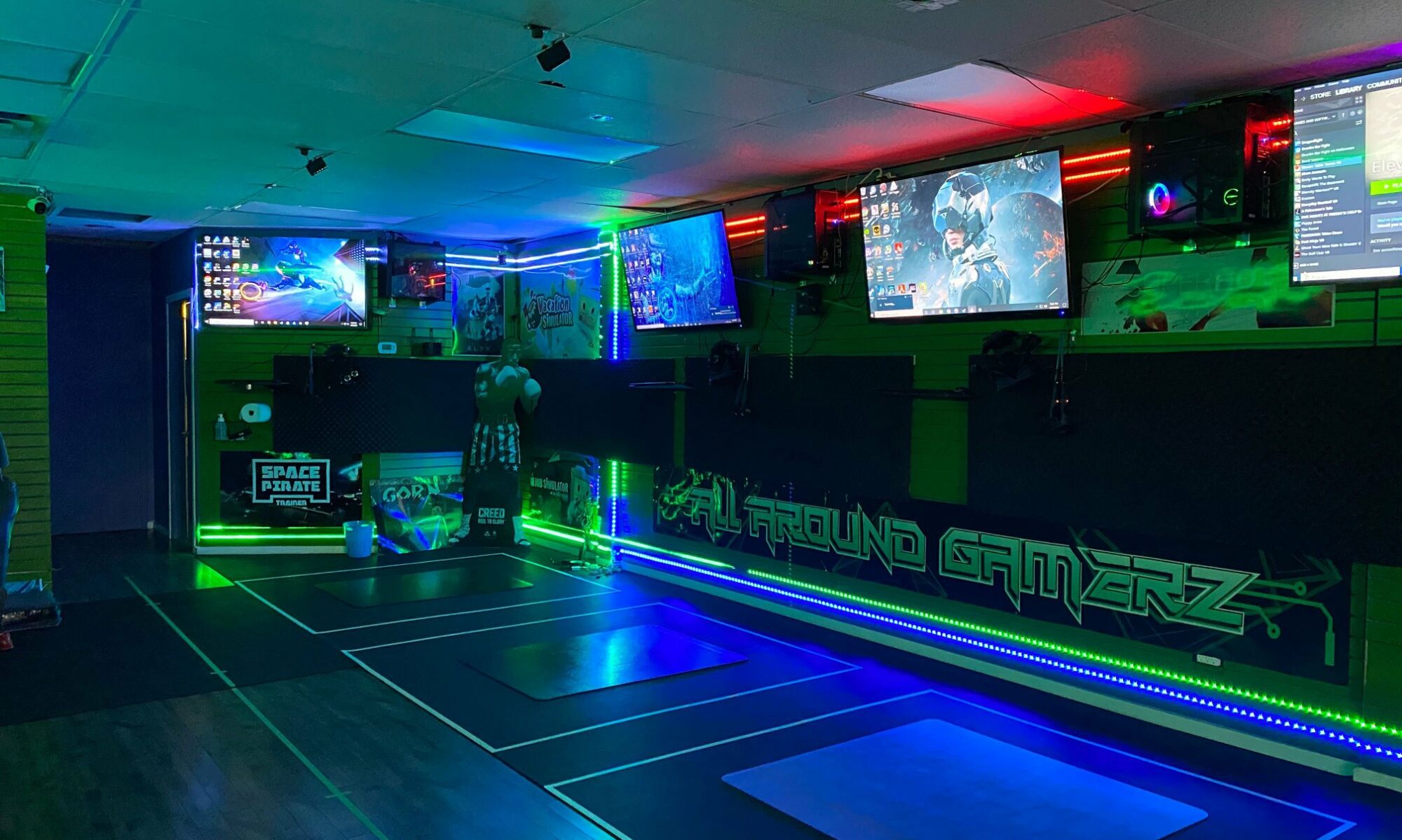December 1st, 2021
Gabe Newell: Valve is making “big investments” in New Headsets and Games – Road to VR
(Read the full article by clicking here.)
While the focus of this website has been entirely based on Virtual Reality technology and the frontier of digital entertainment, is it too early to ask “Well, what’s going to come next?” According to roadtovr.com’s article Gabe Newell: Valve is making “big investments” in New Headsets and Games, author Scott Hayden provides some insight into what the legendary video game development studio Valve is up to, following the success of their 2020 VR title Half Life: Alyx.
Scott Hayden reports that Gabe Newell, co-founder of Valve, has been holding public talks in New Zealand about “his vision for the future of gaming and the technologies the company was investing in to make that happen”, answering questions from students regarding the future of Valve’s involvement in VR gaming. Gabe Newell then revealed that Valve is working on “brain-computer interfaces”, or simply “BCI”. Yes, playing video games with your mind.
Reading this article, it didn’t even occur to me that a video game titan such as Valve had been already investing in this technology. The article was well written, and comes from a place of credibility (due to the specific coverage of VR from the website). A few acronyms went over my head, but by connecting the dots with quotes it becomes easy to understand what they signify.
December 2nd, 2021
Interview: What is it Like to Develop a Game in VR? – Techspot
(Read the full article by clicking here.)
Making games is hard. And it’s been getting harder year after year. Gone are the days of blocky side scrolling games where your only commands were “forward” and “jump”. Massive battles, life-like graphics, and narratives that span 20+ hours have ensured the need for massive studios and years of development for games such as Rockstar’s Games 2018 title Red Dead Redemption 2, which took 8 years to produce.
Throw VR into the mix, and its a completely different mess reports Sami Haj-Assaad from techspot.com who chose to interview Mark Domowicz, Project Director of 2020 VR title The Walking Dead: Saints and Sinners.
Mark begins by making it clear that with VR in its infancy, there is “no established best way to do anything in VR. VR simply does not have the long history of titles to draw solutions from, the way non-VR titles do.” However, a clear design philosophy acts as a foundation to VR games: “What would players do in real life?” Oftentimes players will do certain actions, such as try to break glass bottles, or stash items over their shoulders into a backpack, and developers take such feedback and implement them as features. Mark then highlights another problem VR games are encountering, which is circumventing motion sickness. Development teams try to mitigate lag and performance issues, as well as smoothen any movement systems within the game due to the tendency of causing motion sickness if not done properly.
I thoroughly enjoyed this article, as it shines a light onto the various philosophies development studios apply to games as a whole, whilst highlighting the never before seen difficulties involved in VR game development.
December 3rd, 2021
Want to glimpse our metaverse future? Theme parks are already on the case – LA Times
(Read the full article by clicking here.)
So, we’ve already explored how VR is shaping the world of gaming as we know it. But what about applications of VR tech outside of the gaming industry? While VR support has been embraced by numerous applications such as Google Earth, massive entertainment conglomerates, such as Disney and Universal Studios are planning on “merging the physical and the digital world” using VR and AR (augmented reality) technology to enhance their parks, reports Todd Martens from the Los Angeles Times.
Todd reports that Disney has recently been discussing the integration of VR and AR technology with tech firm Illumix, which specializes in developing VR games. A demo video from Illumix showcases what could be seen if the technology becomes fully implemented, showing Buzz Lightyear flying over park-goer’s heads at Disneyland. Universal Studios Japan has also already opened a Mario Kart attraction that utilizes AR goggles to enhance the ride’s visuals.
This article has shown me that the sci-fi visions from the past, as well as product failures of innovative tech such as the Google Glass have finally paved the way to revolutionize entertainment outside of gaming, opening endless possibilities for innovation using VR tech. It has become clear that with the implementation of VR technology in theme parks, as well as the growing interest in the “metaverse”, that VR is going to change the world – for better, or for worse.
